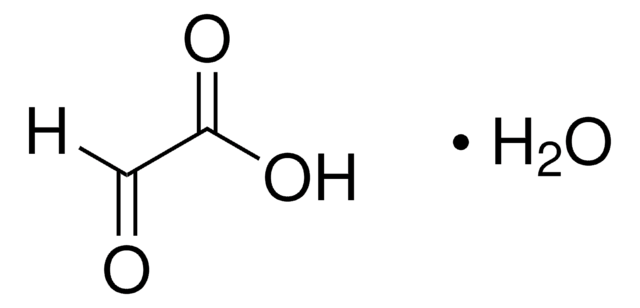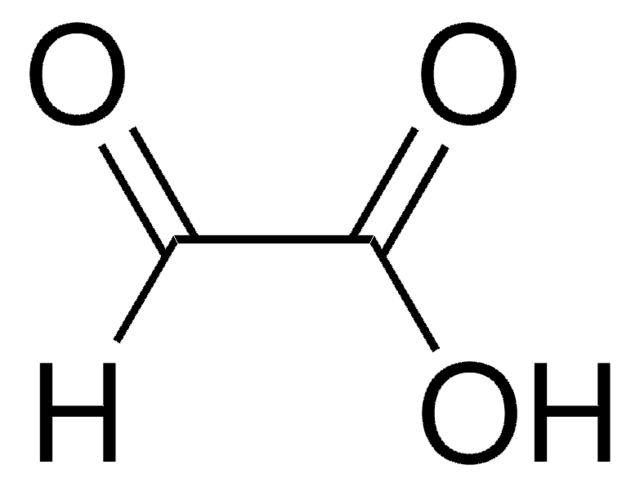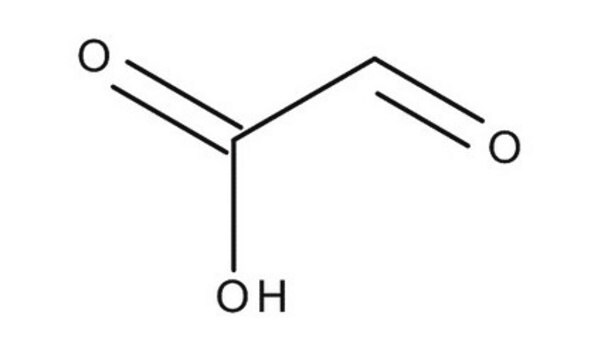Kluczowe dokumenty
M6250
2-Mercaptoethanol
≥99.0%
Synonim(y):
β-Mercaptoethanol, 2-Hydroxyethylmercaptan, BME, Thioethylene glycol
About This Item
Polecane produkty
gęstość pary
2.69 (vs air)
Poziom jakości
ciśnienie pary
1 mmHg ( 20 °C)
Próba
≥99.0%
Postać
liquid
granice wybuchowości
18 %
stężenie
14.3 M (pure liquid)
współczynnik refrakcji
n20/D 1.500 (lit.)
pH
4.5-6 (20 °C, 500 g/L)
tw
157 °C (lit.)
gęstość
1.114 g/mL at 25 °C (lit.)
temp. przechowywania
2-8°C
ciąg SMILES
OCCS
InChI
1S/C2H6OS/c3-1-2-4/h3-4H,1-2H2
Klucz InChI
DGVVWUTYPXICAM-UHFFFAOYSA-N
Szukasz podobnych produktów? Odwiedź Przewodnik dotyczący porównywania produktów
Opis ogólny
Zastosowanie
produkt powiązany
Hasło ostrzegawcze
Danger
Zwroty wskazujące rodzaj zagrożenia
Zwroty wskazujące środki ostrożności
Klasyfikacja zagrożeń
Acute Tox. 2 Dermal - Acute Tox. 3 Inhalation - Acute Tox. 3 Oral - Aquatic Acute 1 - Aquatic Chronic 2 - Eye Dam. 1 - Repr. 2 - Skin Irrit. 2 - Skin Sens. 1A - STOT RE 2 Oral
Organy docelowe
Liver,Heart
Kod klasy składowania
6.1A - Combustible acute toxic Cat. 1 and 2 / very toxic hazardous materials
Klasa zagrożenia wodnego (WGK)
WGK 3
Temperatura zapłonu (°F)
165.2 °F - closed cup
Temperatura zapłonu (°C)
74 °C - closed cup
Środki ochrony indywidualnej
Faceshields, Gloves, Goggles, type ABEK (EN14387) respirator filter
Wybierz jedną z najnowszych wersji:
Masz już ten produkt?
Dokumenty związane z niedawno zakupionymi produktami zostały zamieszczone w Bibliotece dokumentów.
Protokoły
Overcome challenges in synthesis and disulfide bond formation with protocols for Fmoc solid-phase peptide synthesis of peptides with cysteine and methionine.
Nasz zespół naukowców ma doświadczenie we wszystkich obszarach badań, w tym w naukach przyrodniczych, materiałoznawstwie, syntezie chemicznej, chromatografii, analityce i wielu innych dziedzinach.
Skontaktuj się z zespołem ds. pomocy technicznej








